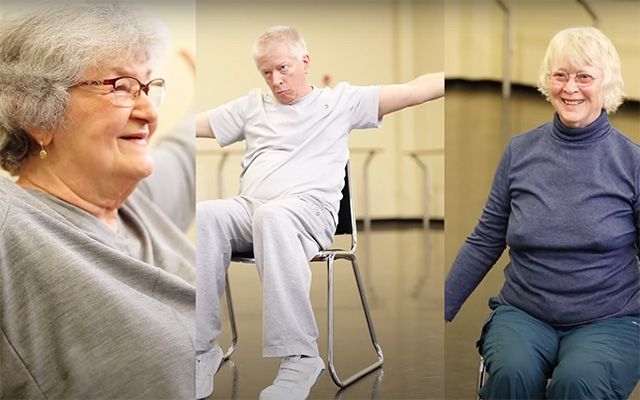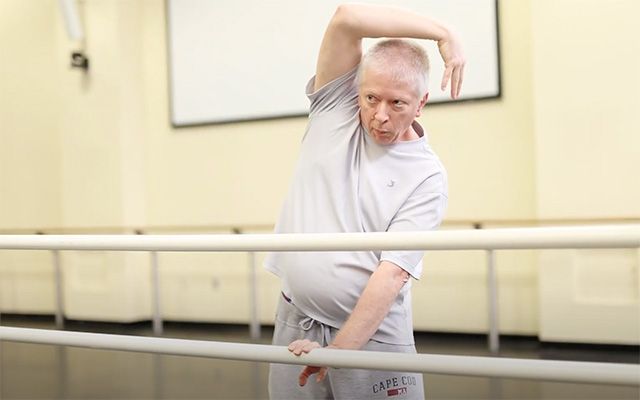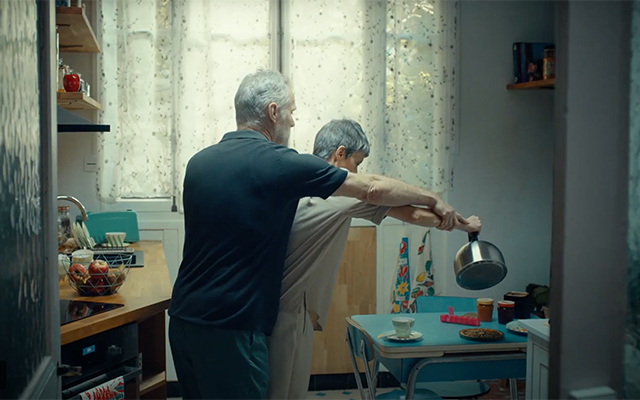
Andrew Carroll, professor of dance and ballet at the University of South Florida, US, shares why he’s passionate about the value of dance for people living with Parkinson’s
What drew you to dance?
I was an active child, and dance was one of my favourite activities. I became drawn to it because of the combination of music, movement and artistry. I also come from a medical and arts family – my father was a doctor and my mother was a dancer – so this pairing of dance and Parkinson’s is an appropriate fit.
How did the Dance for Parkinson’s programme in Tampa, US, come about?
I heard about an innovative programme called Dance for Parkinson’s Disease a few years ago, but due to other commitments, I had to put the idea on the backburner. Once I’d finished those projects, I researched Dance for PD and found that it didn’t actually exist in Tampa. I applied and once I had completed the training, I partnered with Arts4All, an organisation which makes arts accessible to everyone – including those living with disability or illness. My first classes began in 2019 and have continued since then – including during the pandemic, when I took them online.
How can dance support people with Parkinson’s?
It can assist with mobility, coordination, muscle-memory and alignment, and it can give people a personal voice through artistry. In my classes, I include some traditional and authentic ballet moves and exercises, so that participants can study ballet. My playlist has an impact, too – I have researched and collected over 300 musical choices, from country, to disco and classical. The members always comment on how excited they are to hear which songs I’ve chosen for that day’s class.
What challenges do you face when teaching people with Parkinson’s?
Some participants need to dance sitting down, so choreographing segments for sitting or standing that align well with each other can be hard. Creating arm movements that simulate what the legs are doing is another challenge.

What do you hope your video about dance and Parkinson’s will achieve?
I created the video because my participants always say how motivated and vital this class makes them feel – especially as the group also discusses everyday things like recipes, movies and books. Through my participants’ voices, I hope my film can inspire other people living with Parkinson’s to find a passion and stay vital in life.
What has been the most rewarding aspect of working on this programme?
The joy I see on my participants’ faces when they realise they can dance!



